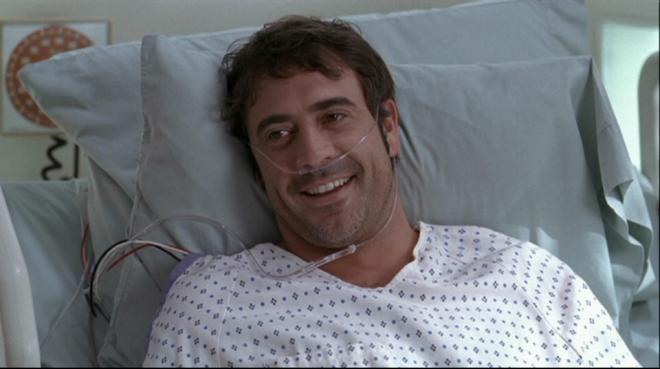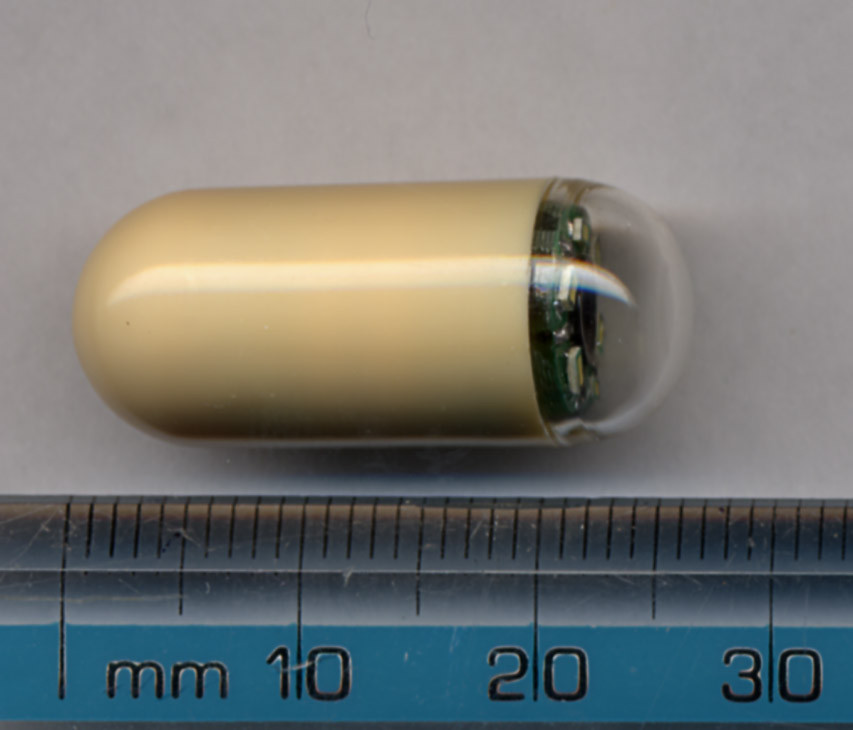Through sewage treatment facilities, the wastes from your toilet are treated, to minimize the negative impact it may have on aquatic life, before it is disposed of into various bodies of water. During wastewater treatment, solids, which contain organic matter and insoluble trace elements and nutrients, trickle out of the wastewater stream. After these solids have gone through secondary treatment, they are known as biosolids. These stabilized and treated residuals are rich in organic matter and contain essential plant nutrients. They have the ability to provide nutrients for plants, improve soil structure and tilth, add organic matter, enhance moisture retention, and reduce soil erosion.
There are many benefits regarding the use of biosolids in our community. Biosolids allow the development of crop production. It improves, replenishes, and maintains healthy soils through embedded nutrients. Not only do biosolids contain essential nutrients for plant growth, but they also boost soil water-holding capacity, and topsoil runoff. Chemical fertilizers contain many chemicals and substances that are harmful towards an animal’s (humans included!) system. By using biosolids as organic fertilizer, it not only provides farmers and their crops with many vital nutrients which cannot be found in chemical fertilizers, but it lessens the concentration and availability of chemicals found in our daily foods. Besides containing essential nutrients, biosolids also contain many important elements like nitrogen, phosphorus, copper, boron, molybdenum, zinc, and iron which are important for plant growth. Biosolids contain both essential nutrients and elements, but the largest component of biosolids are composed of organic matter. This organic matter promotes necessary bacterial activity, loosens clay and improves the consistency of sandy soils. By having an improved texture of soils, it leads to dense, healthy root growth, which then allows plants to absorb nutrients more efficiently. The stated organic matter in biosolids also assists with binding soil particles. Through this task, soil texture and the water-holding capacity improves and decreases the chances of vegetation drought.
Apart from having the ability to reduce erosion and protect water quality, by using biosolids as organic fertilizer, the nutrient rich materials can be used effectively on golf courses, sport fields, public parks, building lawns, turf, matching plant beds, and general gardening. Composting biosolids with woodchips, sawdust, and/or yard clippings allow the slow release of nitrogen and phosphorus, two primary nutrients a plant requires. The organic material from biosolids can enrich the forest land by increasing forest productivity for certain tree species, thus, enhancing vegetation growth and can also benefit wild life population. The most important component of biosolids, the organic material, can be used in various areas within our community. There are many benefits regarding the use of recycled biosolids, but of course, whenever there are benefits, it follows that there are also drawbacks.
The sewage system contains a wide range of pathogenic microbes, possible the most characteristic to pose a health hazard. Due to the microbial content, in the United States, biosolids have been classified into two groups: Class A and Class B. In Class A status the concentration of pathogens is so small and almost undetectable. A treatment plant has to test directly for pathogens or use a specific treatment to kill them. While in Class B status, treatment plans must reduce microorganisms and pathogens below two million colony forming units of fecal coliform per gram of dry weight. Treatment plants are so effective that it decreases the amount of bacteria from one billion fecal coliform bacteria per 100ml of sewage to 30 000 to six billion per 100ml. Class B sludge is also known to contain the eggs of parasitic worms called helminths which have the ability to survive sewage treatment and soil processes. Another negative aspects of using biosolids as organic fertilizer is the existence of toxic chemicals that do not decompose during treatment.
However, despite these noted drawbacks, these potential health hazards are under constant federal and state requirements (in the United States) and are used only for agricultural practices. Some fear and question whether the toxic organic compounds, pathogens, and microbes have the possibility of contaminating soil, water, and/or food which can later be digested by animals. But in Ontario, government scientists, health experts and agronomists, constantly review, analyze, and grade regulatory requirements and standards for applying biosolids to agricultural land. They make sure these biosolids protect food safety, human health and environment based on requirements and standards like: strict quality necessity, approval of receiving sites, quantity that can be applied, and mandatory waiting periods after application of biosolids before planting or harvesting. (Farms receiving Class B sludge must wait before harvesting crops on land to ensure that certain organisms die in the soil during the time frame).
It is true that we are influenced greatly by the westernized view of human waste as an unsanitary and disgusting nuisance, but regardless, using biosolids as sustainable agricultural fertilizer not only helps the environment in reducing landfill disposal, but on the other hand, it also reduces the need for chemical fertilizers, improves soil fertility, enhances soil structure, and adds organic matter to reduce soil erosion, ensuring a win-win situation.
Sources
I commented on




































